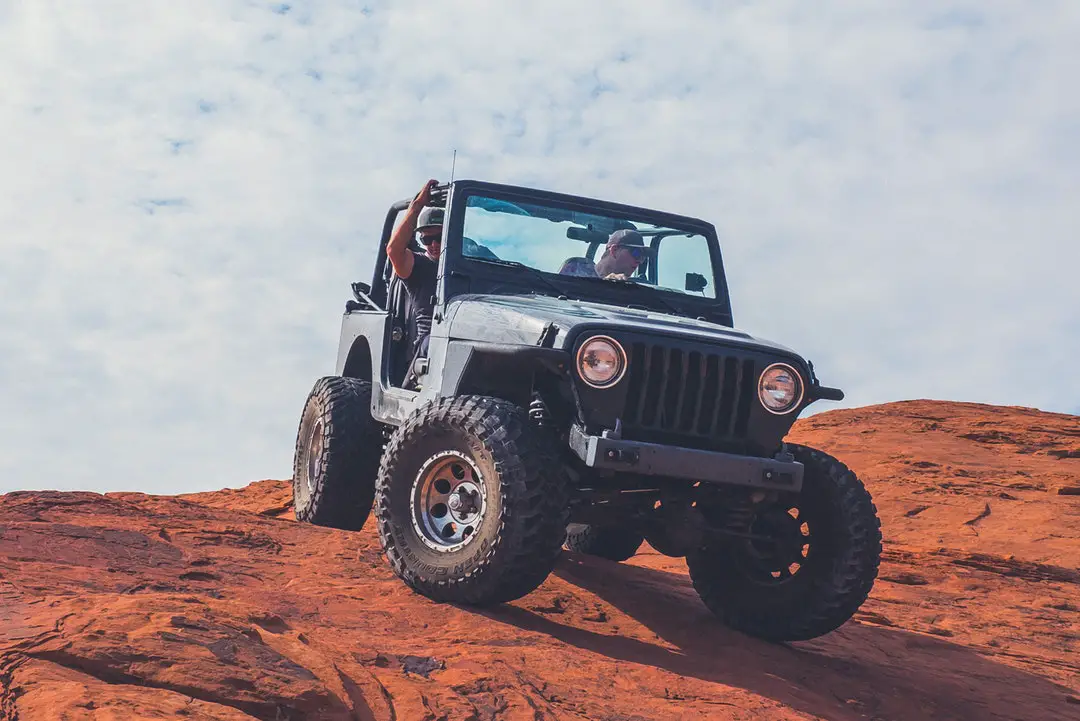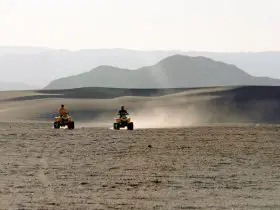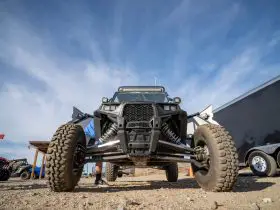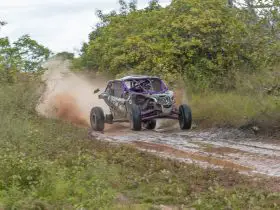Are you doing a maintenance check on your UTV? Tires are one of the most important parts of your inventory, impacting upon both the drive and handling if they are not correct. Knowing how to maintain them is essential to your safety. Luckily, maintaining them is easier than you think. Below, we provide the essential guide for maintaining your offroading tires.
Table of Contents
Balance Your Wheels
Balancing your wheels is tricky, and does require some professional assistance. However, it can increase the life of a tire exponentially, keeping the weight distributed to the correct, thicker parts of the tire.
If you are not balanced, more wear can occur on the inside of the tires. In extreme circumstances, handling can even be affected. You may feel that the vehicle pulls to one side when on straight surfaces.
Balancing the wheels also helps reduce vibration. You will find that your ride is much smoother once the tires are balanced.
Check Your Tire Pressure
The tires are supporting all the weight of the engine and chassis, along with the weight of cargo and passengers. In addition, they provide cushioning and suspension over rugged, tough terrain. That is why it is important that they are filled.
Before you make any ride, you should check that pressure seems even across all four wheels. You can do this by simply pushing them with your hand to see if they have adequate pressure. However, it is recommended that you use a tire pressure gauge to get the suggested manufacturer tire pressures.
When doing this, check for any debris in the treads that may cause punctures or problems later down the line. Check for any gashes or slices, and make sure that you repair them as soon as possible. Finally, apply some Armor-All to the tires to ensure they remain firm and robust.
Tend to the Drivetrain
Maintaining a drivetrain can be a tough task, so it may be better to take your UTV to a specialist. If you are up to the challenge, then the drivetrain is the belt or chain that powers the UTV tires.
A chain should be lubricated regularly. This will keep it moving well and stop it from jamming, snagging, or becoming inflexible.
Both belts and chains should have regular tension checks. A tight drivetrain is at an increased risk of snapping. One that is loose is likely to slip off or not supply the necessary power.
Get the Right Top for Your Tires
The top of the tire can come in two different types. These are round top and flat top tires.
Flat top tires increase the surface area that is touching the ground. This gives them much more stability. They tend to be used in sports UTV racing, where grip at high speeds is more desirable.
Roundtop tires are more of an all-around tire. They offer both grip and stability on a range of surfaces.
You may also wish to look at the ply of the tires. This gives an indicator of the inner build of the tire itself. The more ply a tire has, the stronger and more durable it becomes, but at the expense of added weight.
The most common plies are bias ply and radial ply. Bias-ply have diagonally overlaid cords in a cross pattern. Radial tires have cords arranged perpendicular to the centreline and are capped with a steel belt.
Select the Right Tires for the Offroading Environment
Tires will last much longer if you purchase them for the correct environment that they are going to work in. Each type of specialist tire has a grip that is designed to give better hold and traction. If you use a different tire, it will work, but with less efficiency resulting in more wear and tear.
Sand tires, for instance, are one tire that is unmistakably specialist. They have paddles on the rear tires, designed for digging into the soft sand. The front tires are very smooth and used primarily for steering, giving the ideal edge in desert conditions.
Smooth front tires are not something you would want in muddy, steep trails, and mud tires have deep, thick treads for this purpose. The wide gap between the lugs offers increased levels of grip. Flaring of the angled ridges also makes them self cleaning, directing mud away from the wheel as the vehicle moves.
Racing tires are usually lighter, with bobble treads and flat tops. This is to get a great balance of both speed and grip when racing on trails.
Replace Your Tires
When you purchase a tire, the manufacturer will supply a recommended time frame in which it should be replaced. Take this with a little common sense. While the manufacturer will know how long tires take before they start to perish, they will not know how often you are going to use them.
You may find that if you use your UTV seldom and in the right conditions, the tires can last a long time. However, if you give your vehicle some punishment over a multitude of surfaces then you can find that they may need replacing well before the suggested time frame.
Check the tires every time you use them. Look out for age-related wear and tear, such as dry or cracked rubber, worn lugs, and rupturing sidewalls. Driving tires in this condition can result in a loss of control, damage to the rest of the vehicle, or worse, a blowout.
Check Them Regularly
Tires are more important than any other part of your vehicle in a maintenance schedule. They should be done at the start and end of any offroading session, to ensure they remain solid and intact.
If you need more help with UTVs, then UTV Ride should be your first stop. We have all the help you could need on buying and keeping UTVs. Click here for our excellent guide on if you should buy new or used tires, to ensure you make the best choice for your trail riding!









